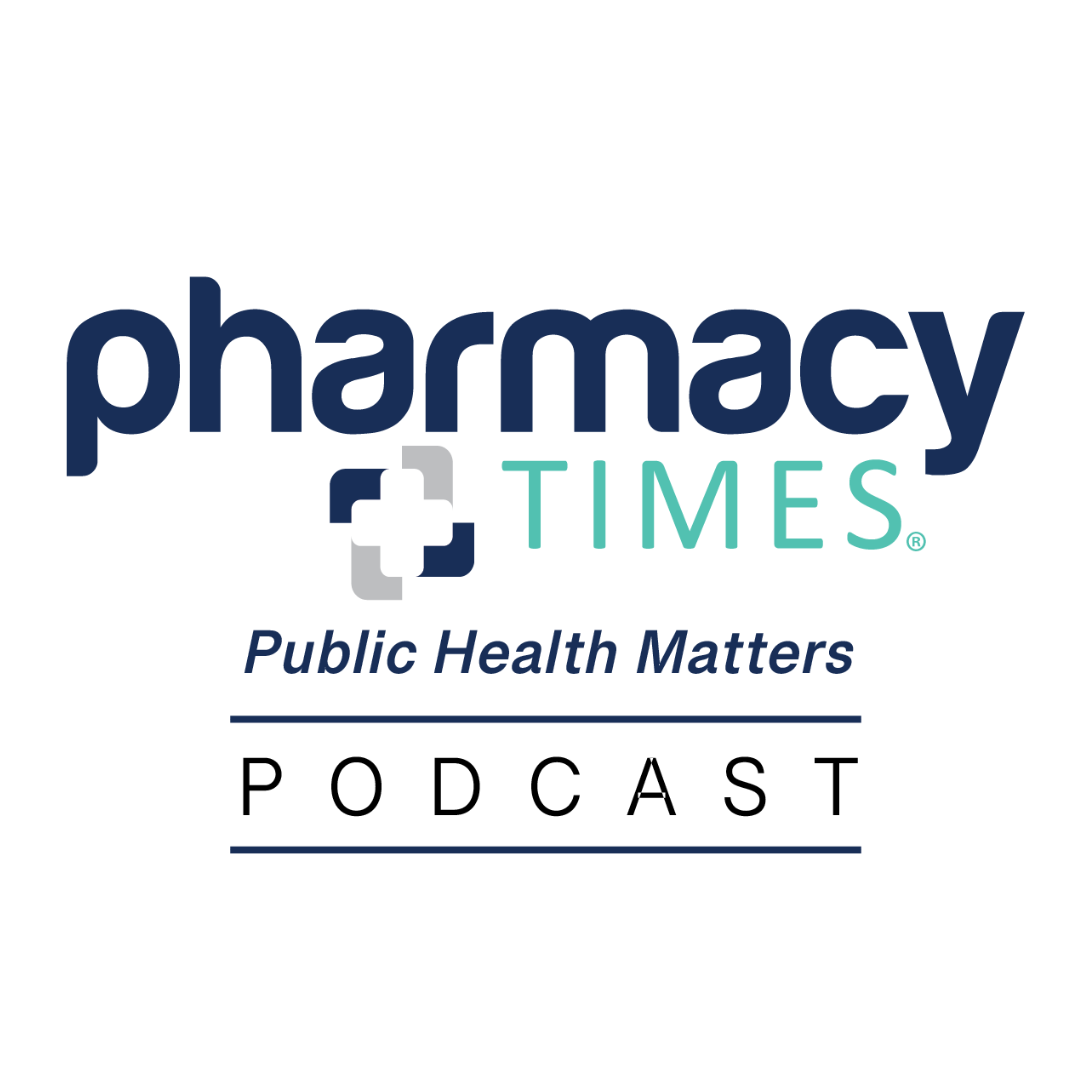Publication
Article
Pharmacy Times
Reducing Rx Abuse with Patient Education
Author(s):
Counseling legitimate pain patients about the proper use of opioids can prevent medications from falling into the wrong hands.
Counseling legitimate pain patients about the proper use of opioids can prevent medications from falling into the wrong hands.

There is no question that the incidences of prescription drug abuse have risen steadily over the past decade. The many reasons for this trend have been discussed numerous times in many different arenas—some by yours truly here in this column.
One of the most troubling increases in drug diversion has been the rise in 12- to 17-year-olds’ use and abuse of controlled substance pharmaceuticals. Although certainly not the only source, this age group has found a significant supply of prescription drugs in their own households or the residences of their friends or families. The most prominent location is likely the family medicine cabinet, where legitimately prescribed drugs reside within the household.
Over the years, I have discussed the need for increased patient education and awareness when it comes to the prescribing of controlled substances. The reason is that much of the medications falling into the wrong hands of our teenagers are unwittingly being made available by the largest consumer of these substances—the legitimate pain patients.
The practical education provided to this particular group of patients about the potential misuse and abuse of their prescriptions by others has been sorely missing. I have always felt that the best venue for this initial education is the prescriber’s office. The physician is the person who initiates these prescriptions and has an opportunity, especially with new patients receiving opiates for the first time, to eduThe practical education about the potential misuse and abuse of their prescriptions by others has been sorely missing.cate patients about these dangers.
This can be accomplished through a handout or face-to-face instructions. Another excellent method is presenting the patient with a short video containing a few easy questions to verify that he or she has paid attention. Then and only then does the prescription get written and given to the patient. This doesn’t mean that reinforcement education shouldn’t also occur at the pharmacy, but I think the initial responsibility lies with the prescriber. Periodic reeducation of the long-term chronic pain patient would also be necessary.
So I couldn’t be happier to discover recently a brand-new Web site that deals exactly with this problem. I was introduced to Stewart B. Leavitt, MA, PhD, who is the researcher and writer for the Web site www.opioids911.org. If you haven’t been introduced to it, you need to take the time to browse through this Web site and spread the word to health professionals and patients alike. Significant financial support was provided by Purdue Pharma, Endo, and King Pharmaceuticals.
The following questions are addressed to the patient for whom opiates are prescribed:
• What are opioids?
• What are safety concerns with opioids?
• How can I prevent problems with opioids?
• What should be done in an emergency?
Frequently asked questions about opioid safety
Each segment has a series of bullets that asks additional specific questions about the topic at hand. This covers the potential dangers of opioids, how they work, how the patient can prevent problems, how to secure and protect them, and what to do in case of an emergency with opioids.
The most basic—but likely most important—segment on the home page is the 7 important safety tips which include:
• Never take an opioid pain reliever unless it is prescribed for you.
• Always take opioids as directed. Do not take more opioid or take it more often than is prescribed for you.
• Do not use opioids with alcohol or other drugs unless approved by your prescriber.
• Protect and lock up your opioids in a safe place at all times, and properly dispose of leftover medicine.
• Never share opioids with another person; it is illegal and very dangerous.
• Be prepared for opioid emergencies. Know signs of trouble and what to do.
• Always read instructions that come with your opioid prescription. Contact your prescriber or pharmacist with any questions.
I don’t believe there is a more comprehensive source of education for patients being prescribed opioids than this new Web site. How we all use this information to educate the patients, caregivers, and family members is up to all of us who have a deep concern about reducing the availability of controlled substances, especially to our nation’s teenagers. PT
Cmdr Burke is commander of the Warren County, Ohio, drug task force and retired commander of the Cincinnati Police Pharmaceutical Diversion Squad. Cmdr Burke is a 40-year veteran of law enforcement and the current president of the National Association of Drug Diversion Investigators. He can be reached by e-mail at burke@choice.net, via the Web site www. rxdiversion.com, or by phone at 513-336-0070.

















